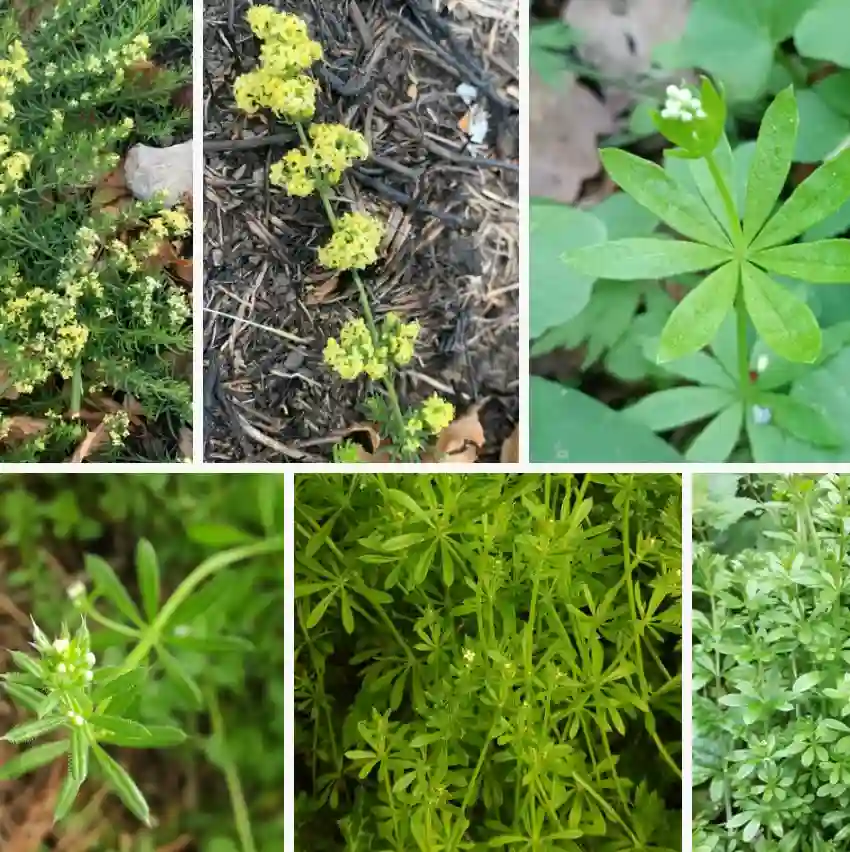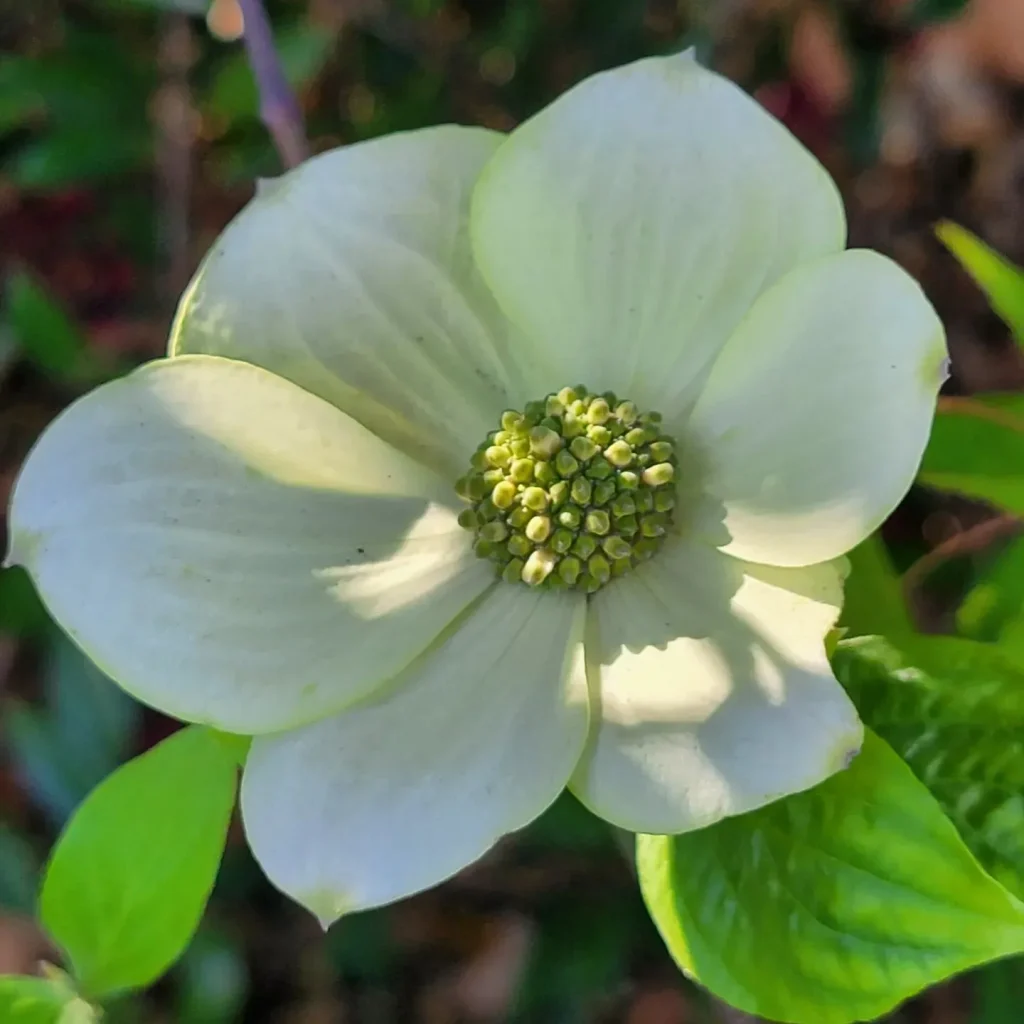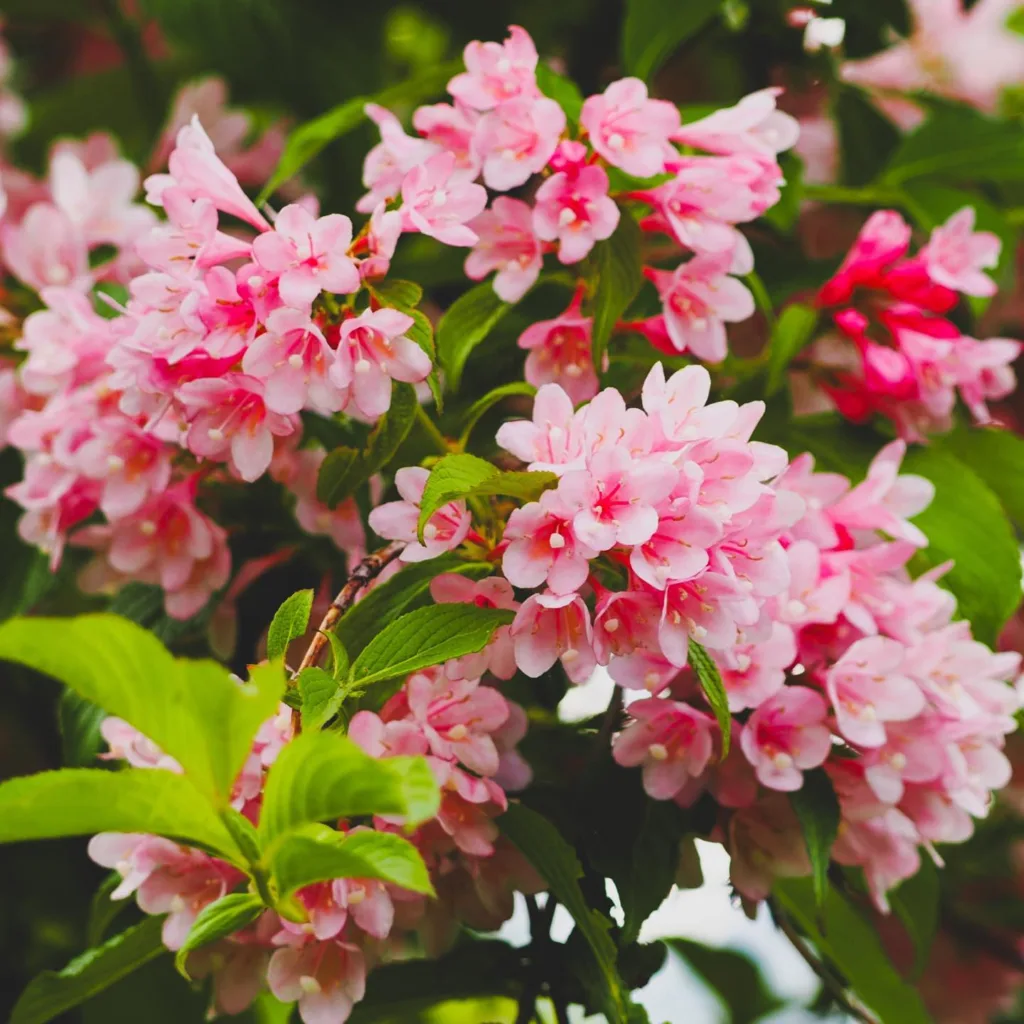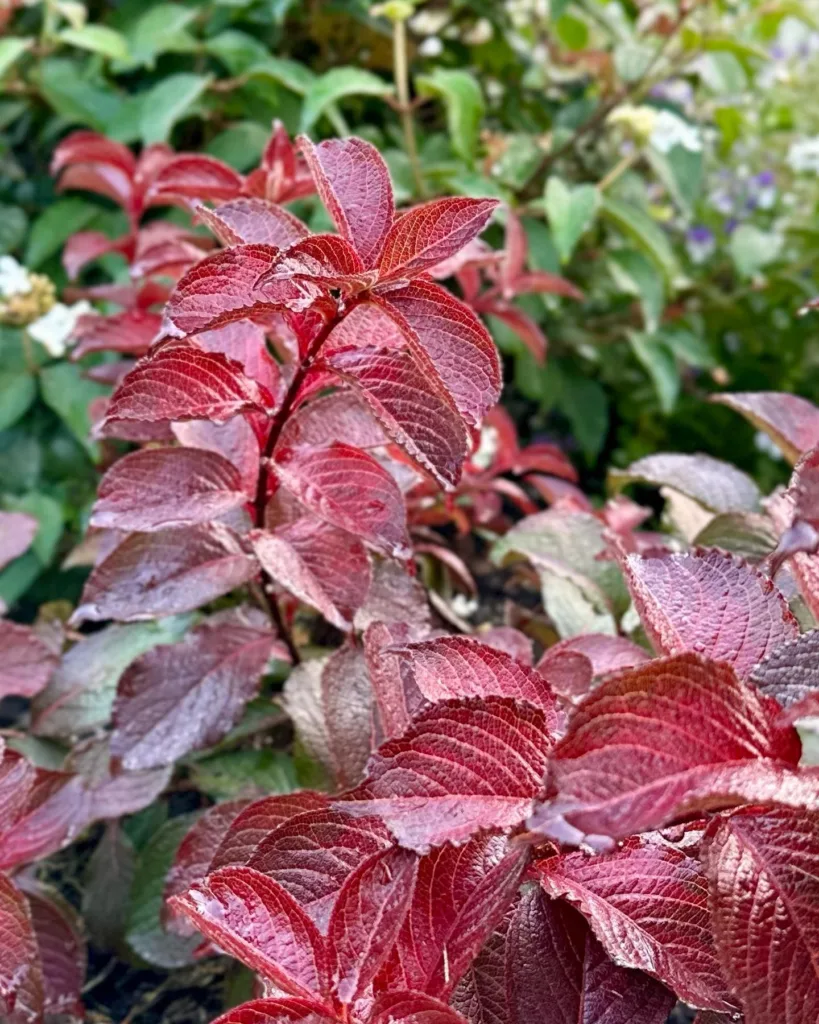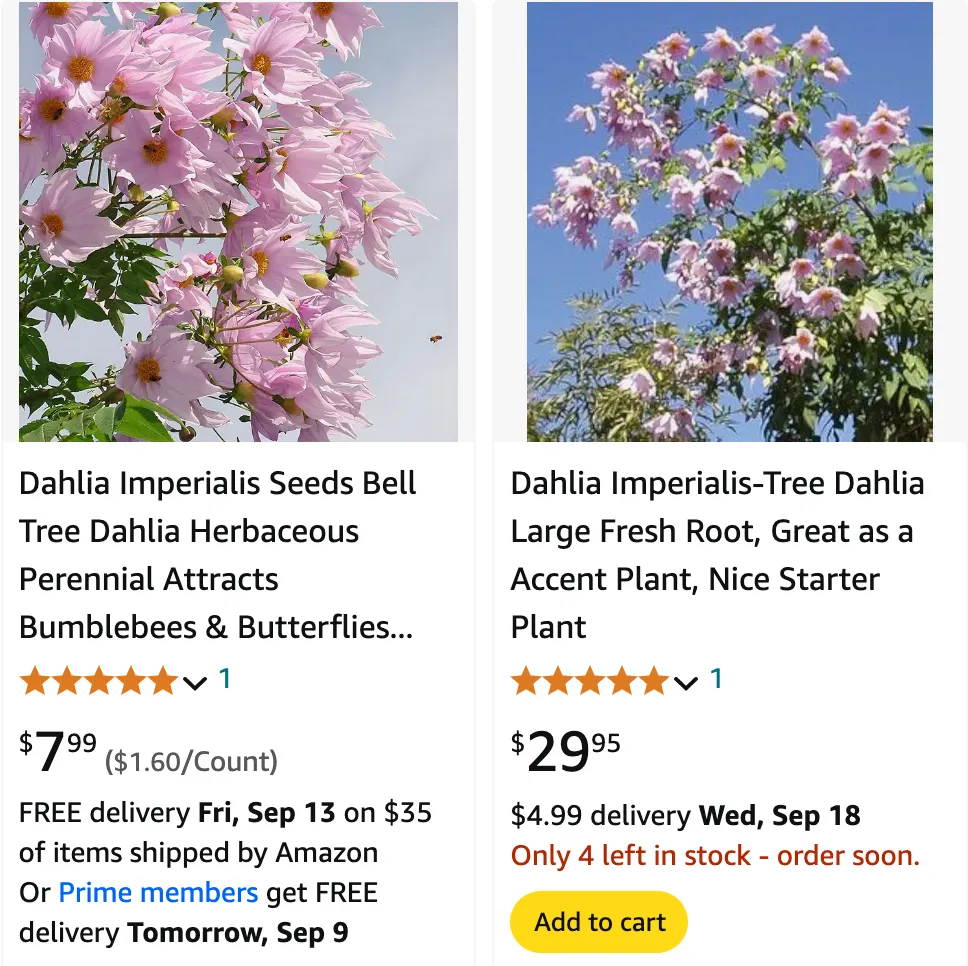
Dahlia Imperialis: Your Comprehensive Guide
When it comes to growing striking plants, Dahlia Imperialis, also known as the Tree Dahlia, is a favorite among many gardeners. I’ve had my share of experiences with this stunning plant, and I’m excited to share some common FAQs that I often encounter. From care tips to propagation methods, here’s everything you need to know about Dahlia Imperialis.
41 Species in Genus Dahlia
What Is Dahlia Imperialis?
Dahlia Imperialis, commonly referred to as the Tree Dahlia, is a perennial plant known for its impressive height and large, vibrant blooms. Native to Mexico, this dahlia can grow up to 10 feet tall, making it a striking addition to any garden. The plant produces beautiful, daisy-like flowers that come in shades of pink, purple, and white. Its towering stature and abundant blooms make it a standout in both garden beds and floral arrangements.
How to Care for Dahlia Imperialis?
Caring for Dahlia Imperialis involves a few key practices:
- Location: Plant your Dahlia Imperialis in a spot that receives full sun. It thrives in well-drained soil and needs at least 6-8 hours of direct sunlight each day.
- Watering: While this plant is somewhat drought-tolerant once established, regular watering is crucial during its growing season. Ensure the soil remains moist but not waterlogged.
- Fertilizing: Feed your Dahlia Imperialis with a balanced, all-purpose fertilizer every 4-6 weeks during the growing season. This helps promote healthy growth and vibrant blooms.
- Pruning: To encourage bushier growth, pinch back the tips of the stems in early spring. Remove any dead or damaged leaves to maintain plant health and aesthetics.
How to Propagate Dahlia Imperialis?
Propagating Dahlia Imperialis can be done through a couple of methods:
- Division: In late fall or early spring, you can divide the tubers. Carefully dig up the tubers, separate them, and replant them. This method helps produce new plants that are true to the parent.
- Cuttings: Take stem cuttings in early spring. Select healthy stems, cut them to about 4-6 inches in length, and remove the lower leaves. Dip the cut ends in rooting hormone and plant them in a well-draining potting mix. Keep the soil moist and provide indirect light until roots develop.
What to Plant With Dahlia Imperialis?
Dahlia Imperialis pairs well with a variety of other plants:
- Grasses: Ornamental grasses like Miscanthus or Pampas Grass complement the towering stature of Dahlia Imperialis and add texture to the garden.
- Perennials: Combine with perennials like Echinacea or Rudbeckia to create a colorful and dynamic garden bed.
- Shrubs: Planting it near shrubs such as Buddleia or Hydrangea can provide a lovely contrast in height and form.
Is Dahlia Imperialis Toxic?
Dahlia Imperialis is not considered toxic to humans or pets. However, it’s always a good practice to monitor pets and children around plants, as ingesting large quantities of any plant material can cause digestive upset.
Benefits of Growing Dahlia Imperialis
Growing Dahlia Imperialis offers several benefits:
- Aesthetic Appeal: Its towering height and large, colorful blooms make it a dramatic focal point in any garden.
- Pollinator-Friendly: The flowers attract bees, butterflies, and other pollinators, which can benefit the overall health of your garden.
- Low Maintenance: Once established, Dahlia Imperialis requires minimal maintenance, making it an ideal choice for busy gardeners.
Common Problems with Dahlia Imperialis
Like any plant, Dahlia Imperialis can face a few issues:
- Pests: Watch for aphids, spider mites, and slugs, which can sometimes infest the plant. Regularly inspect and treat with appropriate organic or chemical methods.
- Diseases: Ensure good air circulation to prevent fungal diseases like powdery mildew. Water at the base of the plant rather than overhead to minimize fungal growth.
Compare Dahlia Imperialis with Other Dahlias
When comparing Dahlia Imperialis with other dahlia varieties, such as the more commonly known bedding dahlias:
- Size: Dahlia Imperialis is much taller than standard garden dahlias, which usually reach 2-4 feet in height.
- Flower Size: The blooms of Dahlia Imperialis are larger and more spaced out compared to the dense clusters of flowers found in other dahlia varieties.
- Growth Habit: Dahlia Imperialis grows as a single, upright stem, while other dahlias tend to have a bushier growth pattern.
In conclusion, Dahlia Imperialis is a remarkable plant that can add height, color, and interest to your garden. With proper care, it will reward you with its impressive blooms and striking presence. Whether you’re a seasoned gardener or just starting, incorporating Dahlia Imperialis into your landscape can be a rewarding experience.
If i die, water my plants!
